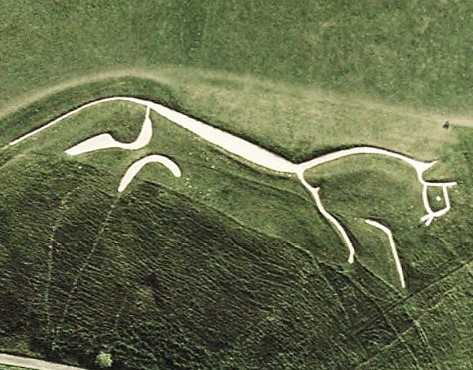There are a number of waterfalls along the North Umpqua River, but Toketee Falls is the best known for its spectacular plunge into an amphitheater constructed of columnar basalt. The third tier of falls is not visible from the Toketee Falls Viewpoint but can be seen up the narrow defile above the main falls.
The lower falls are 85 feet high, while the upper falls are 28 feet. The Toketee Falls is the confluence with the Clearwater River in Douglas County, Oregon, United States. Near Oregon Route 138, it is about 58 miles east of Roseburg. The word Toketee means pretty or graceful in Chinook Jargon. In 1916, the U.S. Board on Geographic Names decided to name the falls over alternate names Ireland Falls and Toketie Falls. There are two stages to Toketee Falls, which originated in ancient columnar basalt.

Jumping into the water is an option for the brave divers. Despite the freezing temperatures, it’s safe to dive into the water, which is what you’ll want to do because it gets very deep very quickly, so you don’t want to take your time (the water is freezing).
Unlike other creek-fed waterfalls in Oregon, the North Umpqua Falls have a predictable water flow. Toketee Falls descends approximately 120 feet in two stages, carved from ancient columns of basalt. The upper North Umpqua is dominated by lavas formed from vents north of Mount Bailey three-quarters of a million years ago. Almost 200 steps lead to the viewing platform above the chasm of the amphitheater at the end of the trail to the falls.
In contrast to other creek-fed waterfalls in Oregon, the North Umpqua River flows reliably, so the waterfalls are not affected by seasonal fluctuations. Water flow over the falls is now regulated and reduced by a dam built by PacifiCorp just upstream. Idleyld Park, Oregon, has a 0.9-mile out-and-back trail. The average completion time is 26 minutes for this route. You are likely to encounter other hikers in this popular area. Some areas allow off-leash dogs.

Toketee Lake is formed by damming. Prior to the penstock, the North Umpqua River flowed over the falls in its entirety, but the flow has been reduced as a result of generating hydroelectricity from the drop. As the PacifiCorp hydroelectric plant was being constructed, the Toketee Falls post office operated from 1952 to 1956.
You can view a rainbow-enhanced fountain that spouts from a small leak in the large redwood penstock that conveys water from an upstream reservoir to a hydroelectric facility through a tunnel. In 1949, the penstock was constructed to control the river flows, resulting in an evenly sized waterfall year-round.
Before the penstock was constructed, Toketee Falls was a more formidable plunge during the rainy season. Toketee Falls has a nearly perfect plunge pool with caves beneath the basalt columns, along with a pothole-ridden descent of the North Umpqua.
Usually, there are fixed ropes here, allowing scofflaws to descend the steep slope and swim in the pool below while the fence has been bent back. Please refrain from adding to the destruction of the slope, as the fence is there for a reason.
Read More: Umpqua Hot Springs: Uncover the Magic of Hidden Gem for Relaxation







